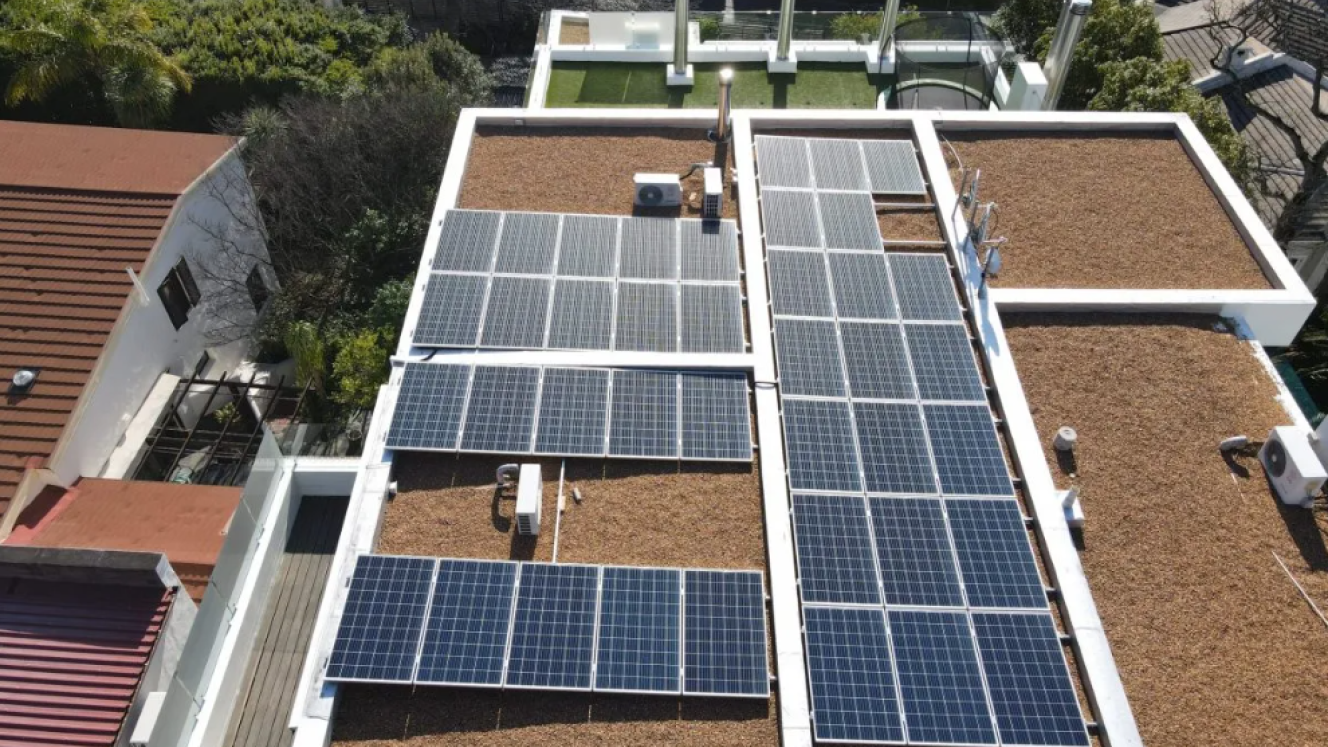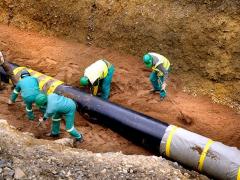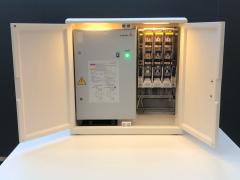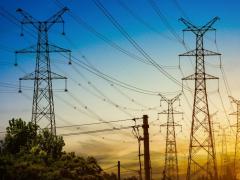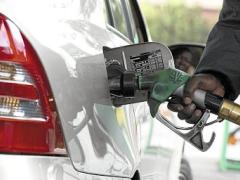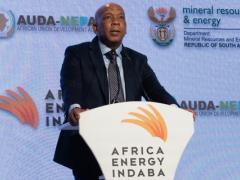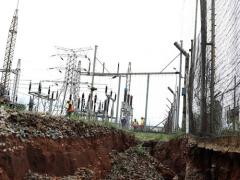GreenSun, a renewable energy engineering, procurement and construction company, has launched what it says is the first residential power purchase agreement (PPA) in South Africa: EnergyEase.
Designed to optimise energy savings for home owners through an energy-as-a-service model, this approach allows users to pay only for the energy they consume rather than a fixed monthly fee, offering a more flexible and potentially cost-effective solution compared to traditional fixed-rate PPAs and rental agreements, which are prevalent in the commercial sector, explained Xavier Louw, CEO of GreenSun.
“Our research indicates there’s no other formal PPA offering like this in South Africa for residential properties. Most existing options are rental agreements whereas EnergyEase is based on actual usage. This means you pay only for the energy you use, making the cost variable and directly tied to your consumption.”
While PPAs have become popular, according to Louw, 80% of installations are in the commercial sector. “We decided to apply the same model in the residential sector where the rooftop space is larger.”
How it works
EnergyEase’s soft launch in July followed several years of development since 2019. The system involves installing a solar array on the home owner’s property – including solar panels, a mounting structure, batteries, an inverter and a meter. The priority meter for solar-generated consumption is integrated with an app-based wallet system for payment management.
“For example, if you use 1 000 kWh per month, you pay 70% of your power through our prepaid meter and only 30% to the council. While the 30% is more expensive, 70% of the power from our system is cheaper, which gives the client an overall benefit. The customer is not being double-charged because the municipality or Eskom meter readings are not reflected on our meter,” said Andeon Louw, Sales and Marketing Director for GreenSun.
This setup aims to achieve 70-80% grid independence with solar energy used to offset a significant portion of the home owner’s electricity needs. “Depending on customer usage, it can be anything from a 5 kW to a 20 kW system with the battery starting at 10 kWh,” said Louw.
However, this does not mean the home owner’s property can go off-grid. “The property is still connected to the national grid but the client gets the best value for money as the property is prioritised – all solar energy generated goes to the house first before any excess power is fed back to the grid,” explained Louw.
The client is responsible for paying the fixed costs associated with remaining connected to the national grid as well as the variable costs associated with pulling from the grid during months when there is not enough solar energy.
